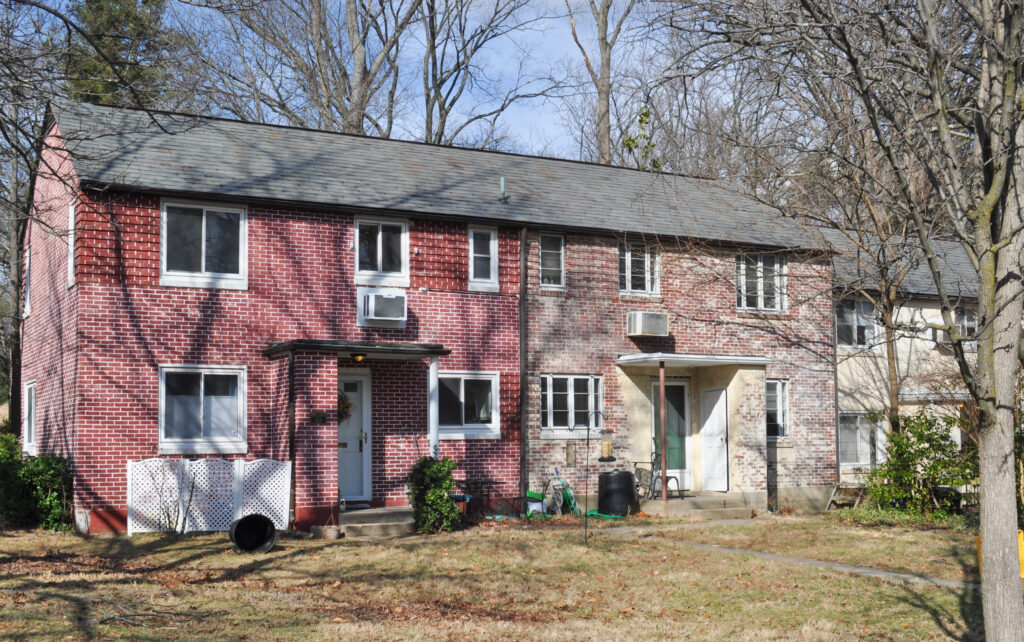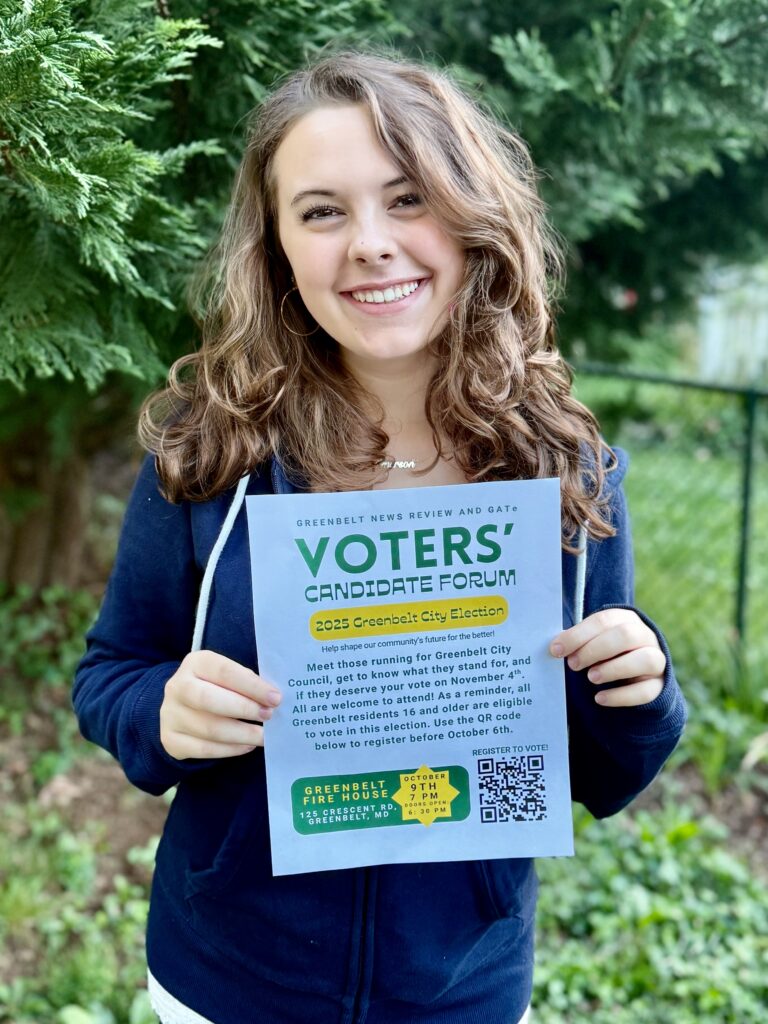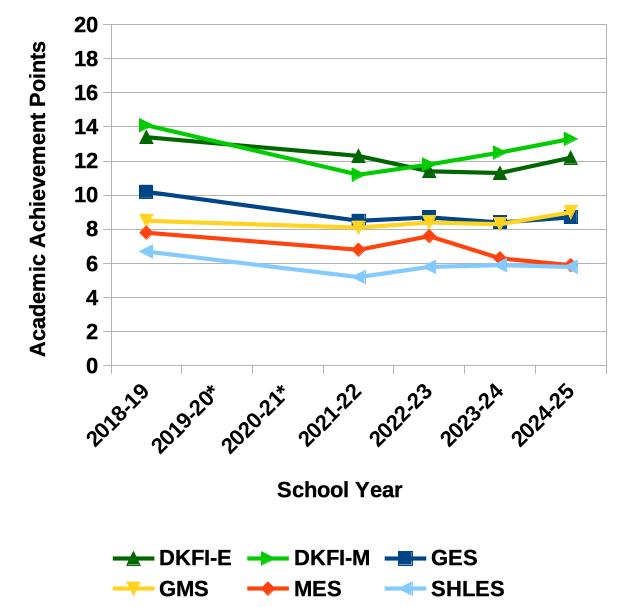The Greenbelt City Council meeting of Tuesday, March 28 (apart from the budget, which is dealt with in a separate story), was dominated by Greenbelt’s trees, which is appropriate as Greenbelt is a designated Tree City and April is the month of Arbor Day.
Charles Jackman, representing the city’s volunteer Advisory Committee on Trees, thanked council for its support for the urban canopy of Greenbelt. Arbor Day, he announced, will be celebrated with a tree planting near the entrance to Schrom Hills Park on Saturday, April 15 at 10 a.m. He spoke of the tragic demise of the mighty longleaf pine that had long stood in that spot.
The giant tree, a designated county and state champion tree, was struck by lightning in October 2021, succumbing to its injuries some months later. A bald cypress will be planted in its stead plus 14 others: six serviceberry, four eastern redbud and four flowering dogwoods. As Mayor Emmett Jordan noted, all the trees to be planted are native or well-adapted.
Jackman also reminded council that last year’s July windstorm leveled a large number of trees and that the city and the Committee on Trees plan to support the planting of more replacements. He and Jordan reminded attendees that the City of Greenbelt has an American Rescue Plan Act (ARPA) grant to replace damaged trees. The funds can be used to purchase and plant new trees or to take measures to protect them and is open to individuals and businesses.
Erosion Study
Donna Hoffmeister introduced a team of participants requesting a grant from the city’s Ecology Fund. The fund sets aside $2,000 annually for projects to support research on and support to the city’s 255-acre Forest Preserve that has, since 2003, been kept in a natural state.
Hoffmeister described the problem of erosion and introduced former University of Maryland professor Catherine Plaisant who gave a short presentation on behalf of Professor Karen Prestegaard from the University of Maryland. The project aims to understand the mechanisms involved in the ongoing erosion and deeply incised channels in the Preserve. The team, which has done recent relevant work in Greenbelt Park, comprises Prestegaard and a graduate student who will work on it as a final thesis project. The grant will support purchasing equipment to measure water flow and collect and analyze soil samples. An initial report will be delivered by the end-of-June deadline with a final report in December. There is no impact on the Preserve as all samples are very small.
Council voted unanimously to fund the project.
Northway Trails Redesign
The Forest Preserve Advisory Board’s Damien Ossi spoke of a trouble spot on the two trails leading off Northway where there is also severe erosion. Both trailheads start off flat but then go precipitously down into the valley, where the hill is steepest. The steep portion of the trails is eroded, with the most severe effect on the eastern trail. A report was made about eight years ago without a recommendation for action at that time, but the erosion has become worse.
Ossi described the proposal: Close the eroded areas and reroute around the steep and eroded sections to replace access to these popular trails. He described a process of using woody materials to fill in the old paths and hand tools to make the new trail without removing trees. The project would use natural materials and noninvasive plant species.
Councilmember Rodney Roberts wondered what would keep a new trail from eroding as well. Roberts noted that the western trail was made after the creation of the Preserve by a group of University of Maryland mountain bikers and he considers it “illegitimate.” Roberts feared the new trail would simply make a new problem and also that walkers would likely just continue to use the old familiar trail instead.
At Councilmember Kristen Weaver’s prompting, Ossi explained to Roberts and council that modern trail design tilts the trail slightly to allow water to flow off the side of the trail instead of coursing down it, reducing erosion on the trail. Ossi said definitively, “You can’t fix a trail that goes straight down the hill” and referred to numerous consultations with trail design groups by city staffer Kevin Carpenter-Driscoll to determine a successful approach. Ossi referred to the success that Greenbelt Homes, Inc. had in rerouting a section of the Canyon Creek Trail, in the forest between Laurel Hill Road and Plateau Place, that had become badly eroded. He said that the original trail is now almost invisible, having been filled in with woody debris, while the replacement route is in regular use by walkers.
Jordan requested a tour of the trail for interested councilmembers and the public to better inform them prior to taking a vote at the next meeting – and that course of action was agreed upon.
Book Project Volunteers Needed
Resident Laurence Hawkins attended the March 28 council meeting to announce that he is looking for Greenbelt volunteers for a reading project. He wants to record individuals from age 16 to “600” reading chapters from a book from the 1790s, documenting their reactions as they read. He tantalizingly presented the book as an autobiography that received wide acknowledgment in its day, having been presented to Parliament in England and read in many other countries. The project is designed for release in February 2024 as part of Black History Month. Watch out for Hawkins’ flyers around the city for details for a late April or early May kickoff.



